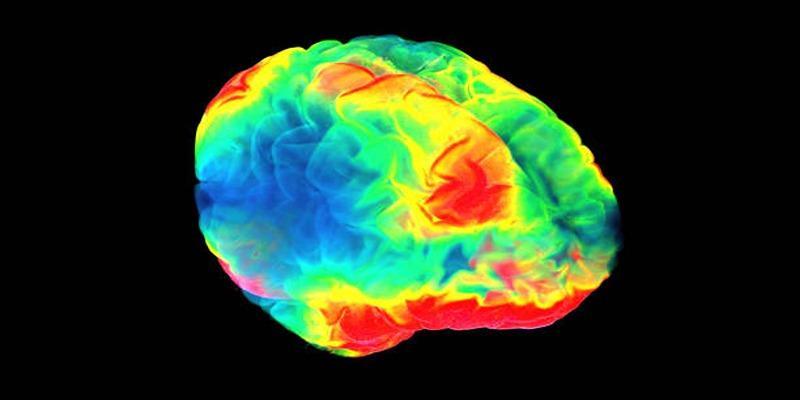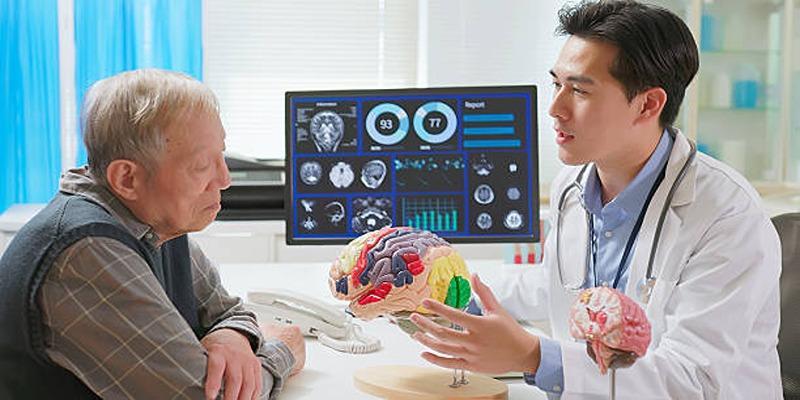Aneurysms of the brain are a life-threatening illness that needs effective management using powerful and unique methodologies. Medical advances in technology have enabled less invasive and safer ways of managing and treating these conditions that are life-threatening. This guide identifies the trends in the latest techniques, their advantages, risks, and the ways they are shaping patient outcomes in the neurosurgery field.
What is Brain Aneurysm?

A brain aneurysm is an abnormal swelling in the wall of one of the blood vessels in the head. It is produced when there is a weakness on the branching of the wall leading to the stretch of the artery and possibly rupturing it. This rupture may cause bleeding into the brain or subarachnoid hemorrhage which is a medical emergency that needs treatment.
Symptoms of Brain Aneurysms
Brain aneurysms do not have any symptoms in most cases until they bursts. Nevertheless, others can have preliminary indicators that include extremely painful headaches, blurriness, dizziness, nausea, and light sensitivity. In some unusual circumstances, the aneurysms may apply pressure on the surrounding nerves resulting to weakness or numb face or even making it hard to speak.
Risk Factors of Brain aneurysms
Although the reason behind brain aneurysms is unknown, there are risk factors that make a person prone to the condition. These include:
- Age: Brain aneurysms are likely to be developed by those aged above 40 years.
- Family history: Family history augments the risk of a brain aneurysm.
- High-blood pressure: The pressure on arteries continually caused by high blood pressure may make them prone to aneurysms.
Standard Treatment procedures
Treatment of brain aneurysm is dependent on location, the severity and the size of the aneurysm. Some common conventional treatment methods are;-
- Observation: The small and unruptured aneurysms that are not causing any untoward developments may not be harmful to treat right away but can be monitored and followed up on using regular imaging tests to ascertain any changes or swelling.
- Medications: Some medicines are effective to handle the risk factors like high blood pressure and avert other complications.
- Surgery: In some instances where the aneurysm is in a high-threatened situation of rupture or it has already ruptured, repairs or removal of the aneurysm could be done through surgery.
Innovative and Advanced Treatments
Other than the conventional methods of treating aneurysms, there are also new and developed procedures that are used in treating aneurysms. These therapies can be combined with or together with surgery.
Flow Diversion
Another minimally invasive form of treatment is called flow diversion, in which a stent-like apparatus is fitted across the neck of the aneurysm. The device blocks the flow of blood so that the pressure on the walls of the aneurysm is lowered and the chances of its healing are increased. Such therapy can be applied with large or complicated aneurysms, which are not treatable with coiling or clipping.
Nonetheless, a risk of blood clots (which could cause a stroke) is associated with flow diversion treatment. Patients that go through this treatment would require taking blood-thinning medications several months following the treatment in order to avoid this complication.
Endovascular Coiling
Endovascular coiling is a minimally invasive therapy of a cerebral aneurysm that consists of using a thin wire or coil in the aneurysm sac via a catheter. The coils are coated with platinum and they cause blood to clot hence sealing the aneurysm, preventing the aneurysm rupture. This is usually applied in small aneurysms or the ones found in areas that are hard to reach in the brain.
Clipping
Another surgery of cerebral aneurysm is known as clipping; it is done when one places a small metal clip to the base of the aneurysm in order to stop the blood flow into it. Open- skull technique: This procedure necessitates surgery and may be more invasive than the endovascular coiling technique. Nonetheless, clipping is known to be more successful in the prevention of rupturing an aneurysm.
Patient Safety and Recovery Considerations

Following surgery to treat a cerebral aneurysm, there are certain side effects that patients may experience. The patient must adhere to the directives of his doctor and should also not miss any follow-ups in order to facilitate healing and also to keep track of any possible complications. The most frequently considered things in the recovery process are:
- Pain management: Patients can have headaches, neck pain, or, more generally, discomfort following surgery. The medicines may be prescribed to help in the management of these symptoms.
- Restrictions on activities: Activity restrictions prescribed by doctors may be based on the kind of treatment obtained and the position of the aneurysm.
- Subsequent Imaging Studies: Your doctor might suggest follow up imaging studies such as CT scans or MRIs to keep track of the aneurysm making sure that it is not expanding or leading to any complications.
Current Research and Future Directions
The science of treating brain aneurysms is in a continuous state of change as scientists conduct research to identify new methods and even perfect existing ones. Research interest is currently focussed on areas such as:
- Endovascular procedures: The endovascular methods of treating brain aneurysm are increasingly gaining popularity as the minimally invasive procedures. It entails the insertion of the catheter into the blood vessel and repair of the aneurysm by use of small instruments inside.
- New imaging modalities: Scientists are also investigating new methods of obtaining images of an aneurism, e.g., 3D rotational angiography, that can obtain more detailed structure of an aneurism and the surrounding structures. This may enable physicians to plan and conduct treatment better.
- Genetic issues: Genetic studies have revealed some genes to increase the potential of a person being at risk of acquiring brain aneurysms. Researchers are in the process of exploring more on how genetics contribute to the occurrence of aneurysm.
Although brain aneurysm cannot be completely prevented in some cases, there are some few changes you can make to your lifestyle to avoid getting a chance. These include stopping to smoke and control of high blood pressure.
Final Thoughts
The disorder of brain aneurysms is a potentially dangerous situation. With technological and research improvement, there is now more alternative available to diagnosis and treatment. Brain aneurysm risk factors and symptoms should not be overlooked because the earlier the condition is identified, the better. We can overcome this challenge by being knowledgeable and taking necessary precaution to ensure that we reduce the rate at which people get affected when they have brain aneurysms.












